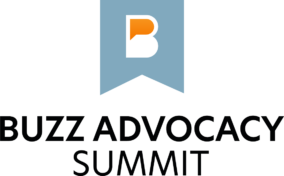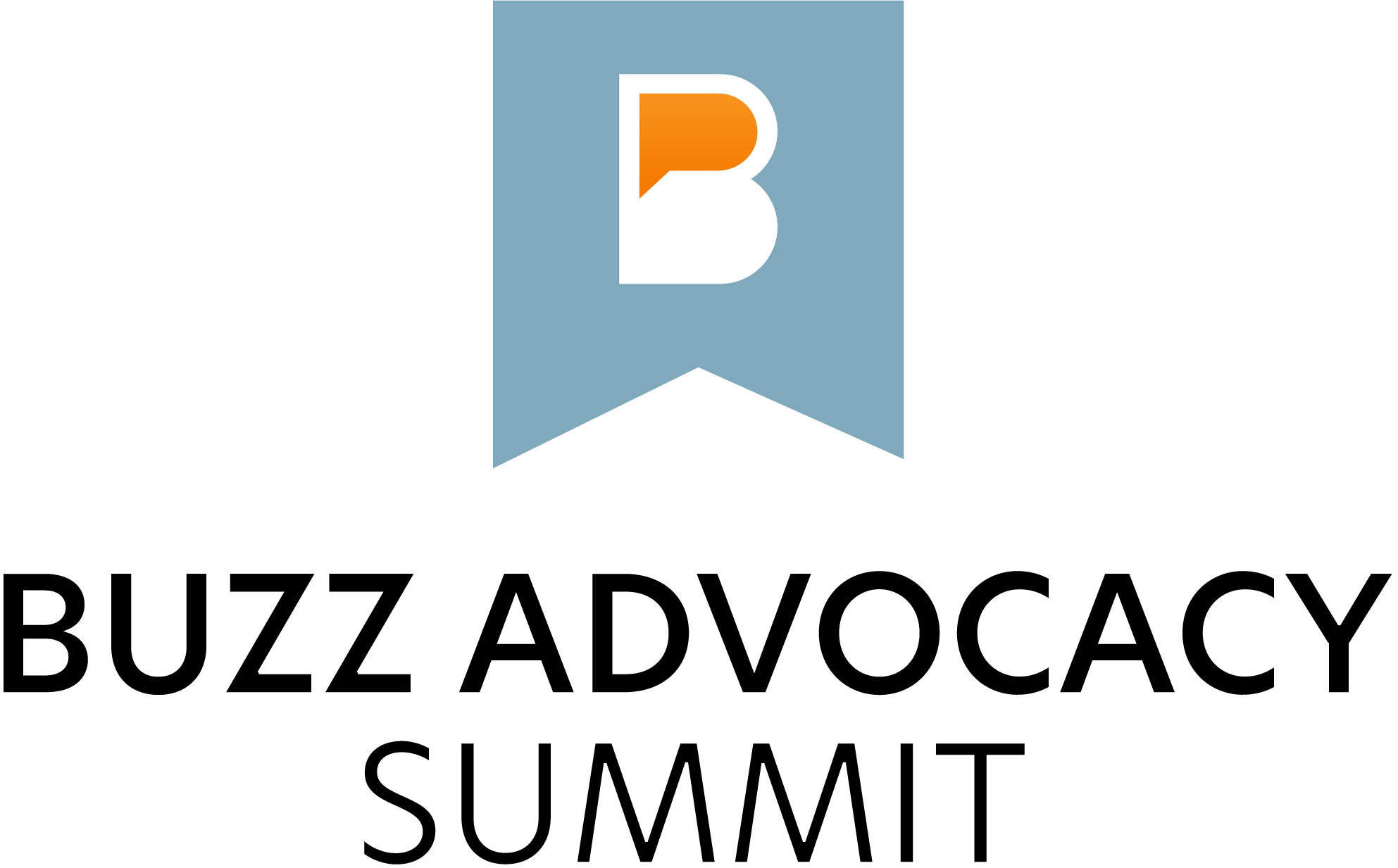
- This event has passed.
Deep Dive Breakout 3: PAC Practitioner Parlay
August 2, 2024 @ 10:15 am - 11:10 am
A special round table discussion led by a leading PAC practitioner. This session will discuss the integral role PACs play within a ‘Surround Sound’ strategy. Hear from other PAC practitioners about new PAC marketing ideas and how to address many of the challenges PACs face in a changing Congressional landscape.
Participants:
- Moderator: Joe Joiner, CTIA
- Panelist: Brian Davis, AVMA
Learning Objectives:
- New PAC strategies
- How PACs can work with broader advocacy/GR/comms teams to accomplish mutual goals
- Current PAC challenges and how to address them
Questions:
- Have either of you had any new strategies that you have developed within this last election cycle? What has made them successful and/or not as effective?
- Brian: One of the things that we talk a lot about is understanding who your audience is. That is extremely important not just with advocacy but when it comes to the PAC. When it comes to veterinarians, they care a lot about where they went to vet school, and there are actually only about 40 in the country. Every off-election year we do something called “The Alumni Derby” where all the schools compete with one another and their contributions go toward their school’s ranking and they compete via contribution percentage because of size disparity between the schools. We found that this has really generated a lot of interest in the PAC, because these schools have rivalries already. Students do things like post it on their List Serve and ask for low-dollar donations and this floods the contributions. The prizes are often grants to their alumni association.
- Sarah Heckman, AGA: We have a leadership summit in the fall where we also foster competition between committees. However, we’ve struggled getting them to feel loyalty or allegiance to their committees the way another PAC might have if it’s by state or school. Seeking advice on how to get them more jazzed?
- Brian: I recommend trying to break them apart regionally as this can sometimes inspire pride.
- Brian: Another strategy could be centered around leadership. We recently discovered one of our largest donors passed away, so we honored him by talking about his impact and great work to motivate PAC donors. The message looked like “He raised x amount during his life for the PAC, let’s honor that by trying to raise the same amount before our annual meeting.” The key is understanding who you’re messaging to, this would’ve only worked with the leadership team who was aware of top donors and key players. This strategy likely would not have worked on students.
- Joe: Different giving amounts for leaders versus lower-level employees can help set expectations. During onboarding it’s made clear what the “suggested” giving amount is for more senior members. Often when young people do give, it’s because they had previous familiarity or history with PACs. Our issues aren’t “sexy,” so we can struggle to motivate younger people to give.
- Brian: Gen Z gets a bad reputation but I actually find them very passionate. The challenge is trying to find them, so as a PAC practitioner you have to do the work of going out and finding them. Our ask for students is always soft, we have a “coffee club” contribution level that’s $5 a month and for the price of coffee you can contribute.
- Is it common for PACs to do a ladder of these PAC dollars before the hard ask to get people who might not know about it? How did that system develop?
- Brian: Definitely on a case-by-case basis. We have our convention and people are in a big exhibit hall, we have people walk by and we do basic education. Before asking for a donation we might ask them to sign up for an alert. We also worked with Quorum to develop a gamification program that really helped us understand where our advocates are, this has a multi-tiered approach that can help us gauge where our audience is. Someone who is acting as a champion advocate in our gameified system is likely to give to the PAC.
- Brian: Understanding who our ambassadors are is important, so is getting them to events, but we need to make sure they’re properly engaged through education and community. I even discovered recently some of our ambassadors hadn’t had a meeting since 2018, mainly because we stopped following up. It’s essential to have that ongoing engagement and opportunities to continue educating them on the issues. I’ve been focused on the education series aspect for the past year to provide resources and virtual calls about various topics to help not only keep them informed at a higher level but to have them weigh in on certain things.
- Are there effective ways to get grassroots advocates to give to the PAC?
- Joe: I find this hard where I am because not all of our advocates are members and therefore PAC eligible.
- Brian: It becomes difficult with compliance, so we need to go through data and confirm if they’re members or future contributors with any communications. It can make this difficult and time-consuming, but not impossible. You have to understand the tools at your disposal to best leverage that source of data and go from there. If you’re a one-person PAC team, this can be a big time constraint, but leaning on systems like Quorum or whatever data resources you have can help.
- Mike Panetta: People love that “shiny gold star” feeling when they participate or contribute, so we work with PACs a lot at Beekeeper Group to incentivize people at the student level, often with things like graphics they can share on LinkedIn or things they can put on their resume. Having someone get recognition on stage or on LinkedIn can give fomo, and then others are interested in getting involved.
- Brian: Building off of that, things like little pins or ribbons at conventions or events can incentivize that feeling too. It gets people to ask questions. This is effective at happy hours at events too.
- Joe Wasser, State & Fed: I used to work in PAC, and you used to be able to use member ID numbers to see who was doing grassroots work and compare it to PAC givers.
- Are there any fun and creative things (events, thank you gifts, etc.) that you do to thank current donors or to attract potential contributors?
- Brian: Giving Yeti Dog Bowls away was a winning gift to give people at the door for us. However we’re not giving anything out that says PAC anymore, so we’re in a lurch of giving things away. Our gamification program has two levels of prizes, if you make the top one you get a branded Bento box. It’s knowing your audience because a lot of veterinarians eat lunch at the office, so this made sense as a gift that would actually be useful for them. Understanding your specific audience goes a long way with gifts. Our champions get entered into a drawing for an electronic stethoscope, which is a big deal for vets. Next year, our big prize will be paying for people to come to our convention or fly-in, they’ll have a $1,000 stipend to cover much of the travel costs too.


